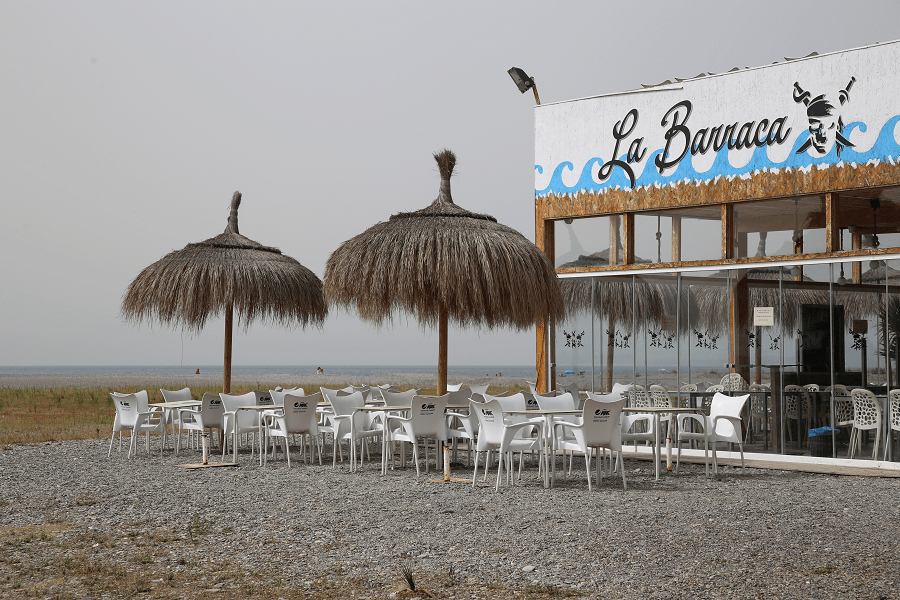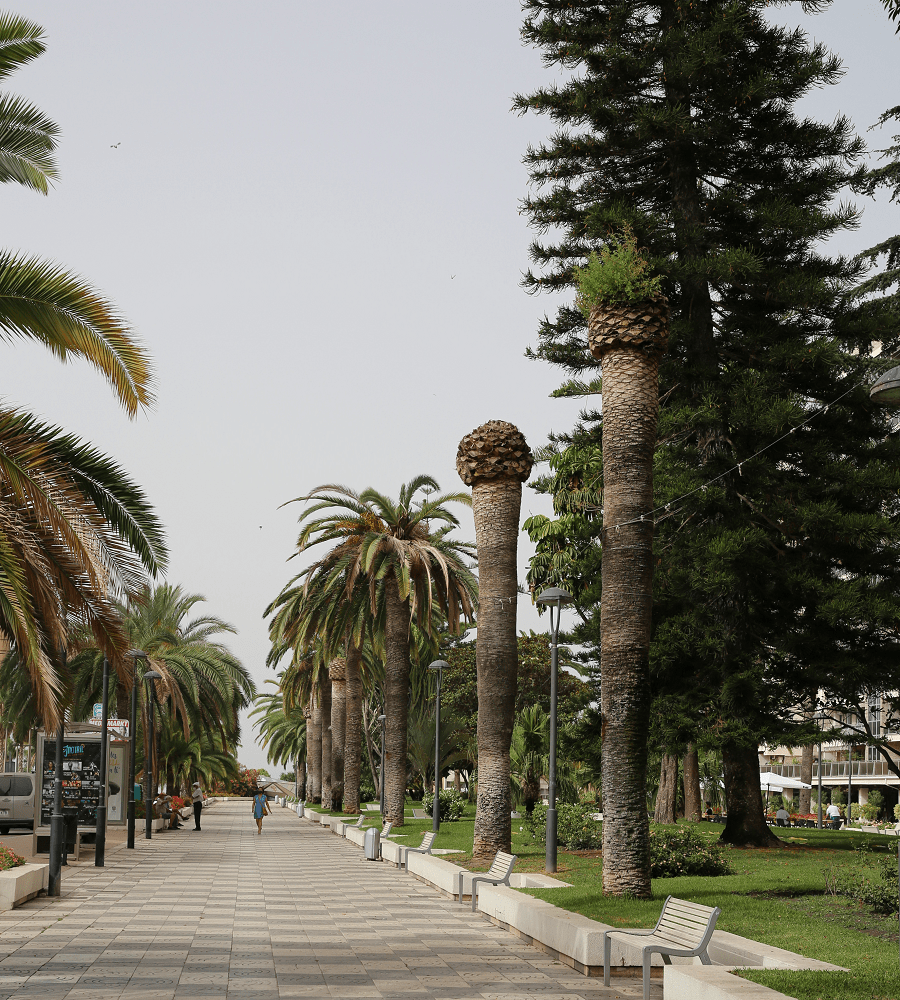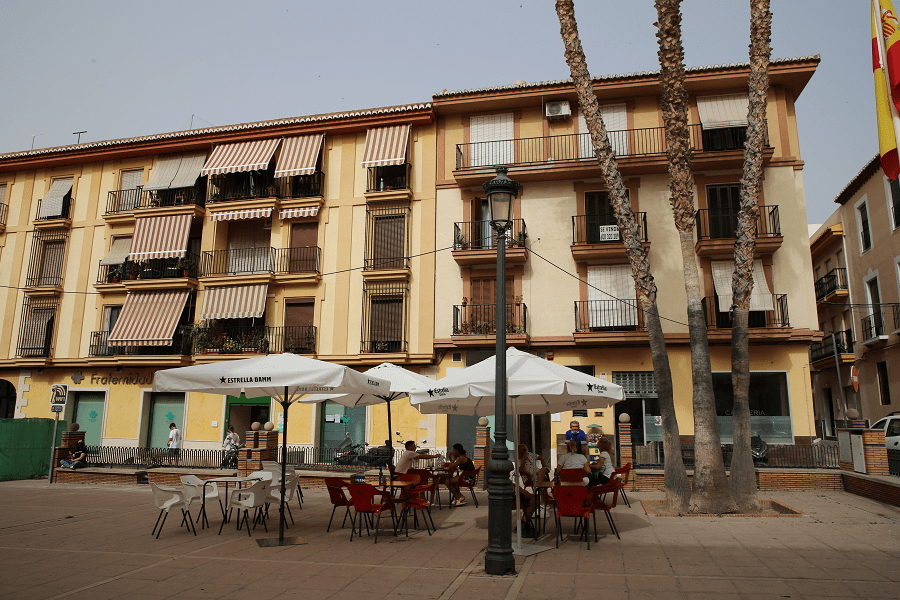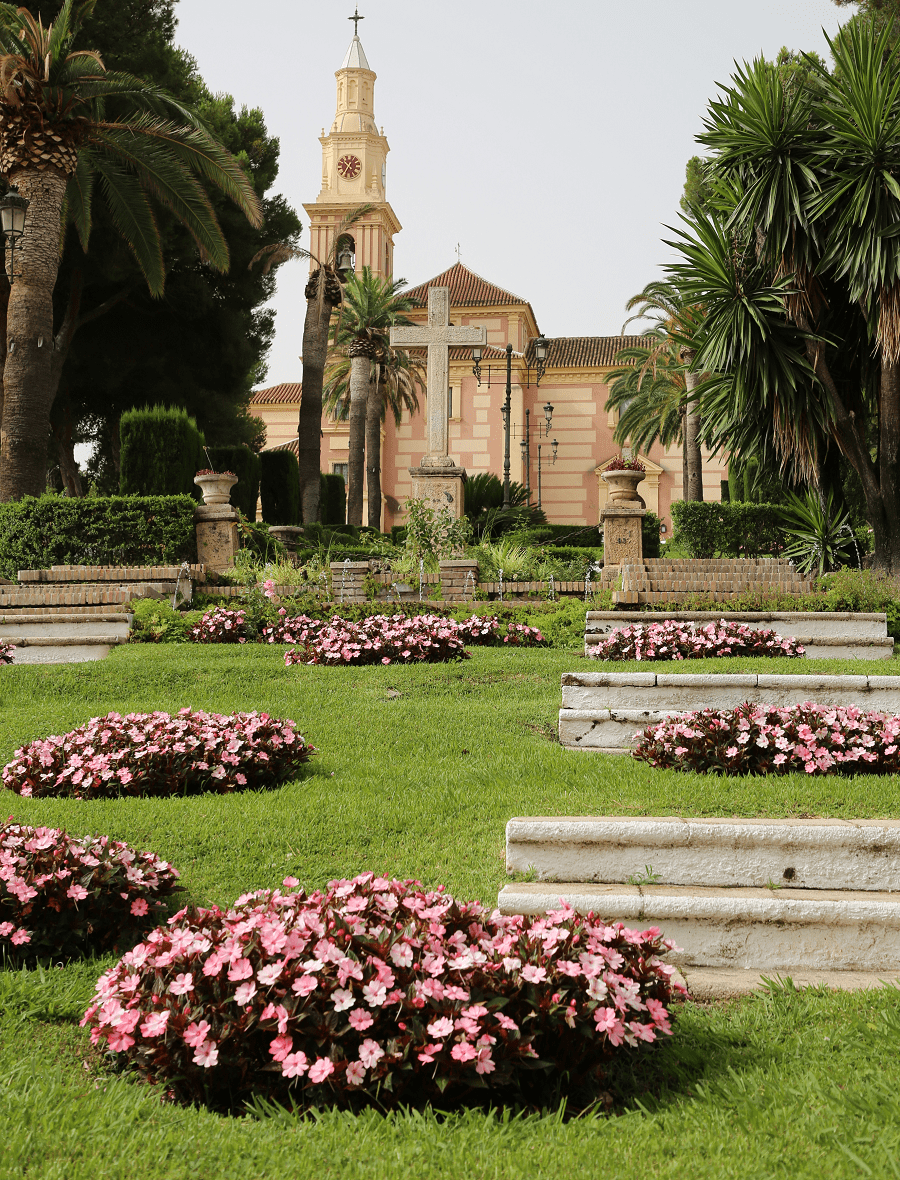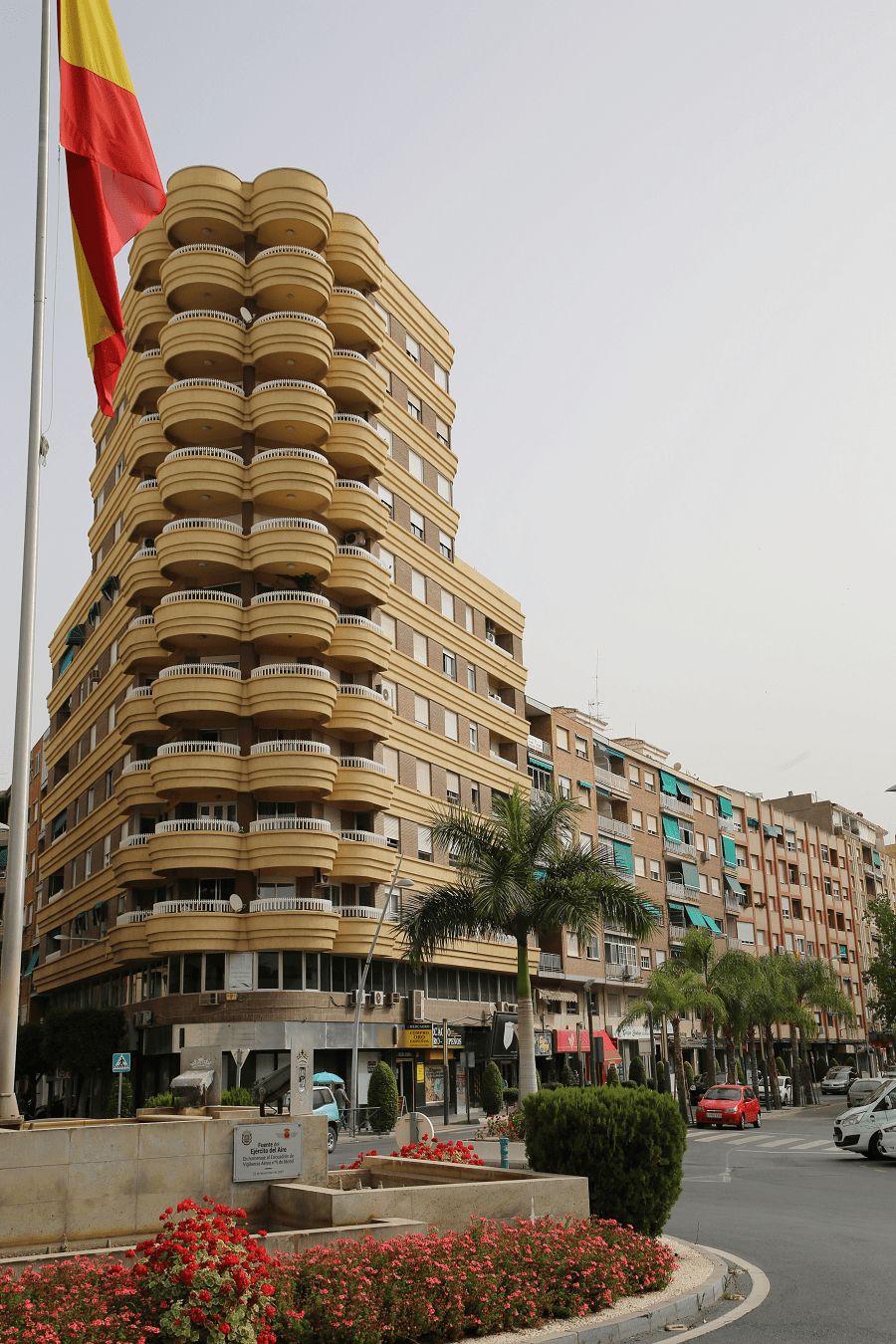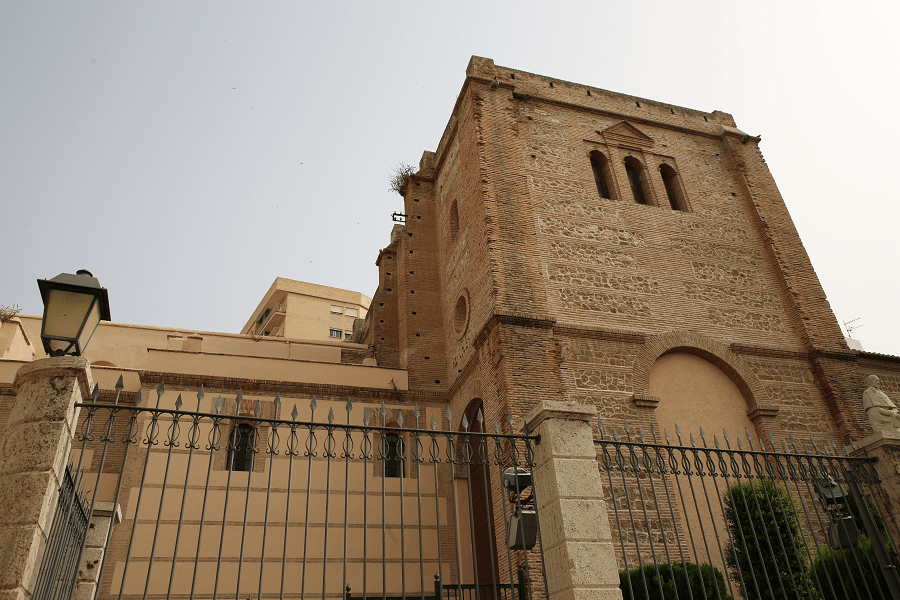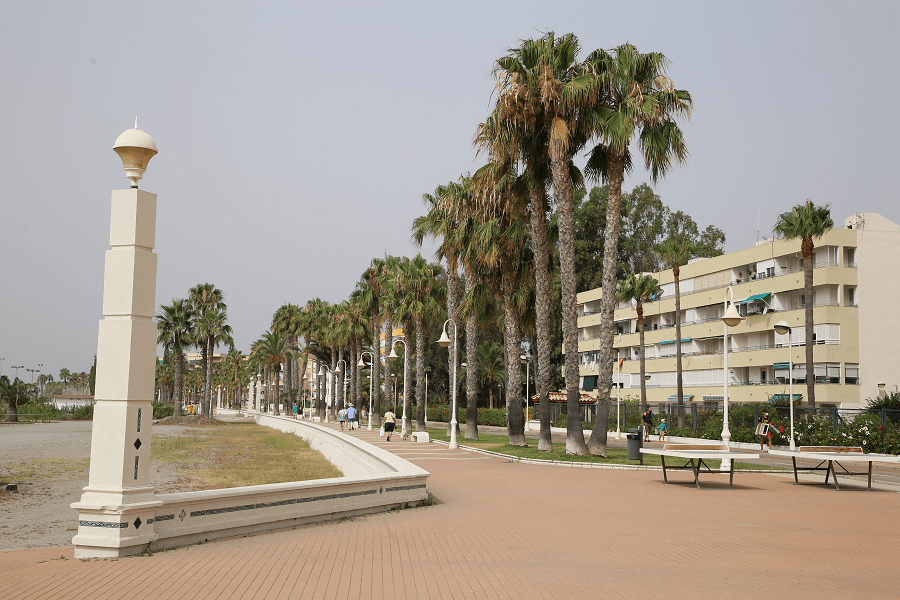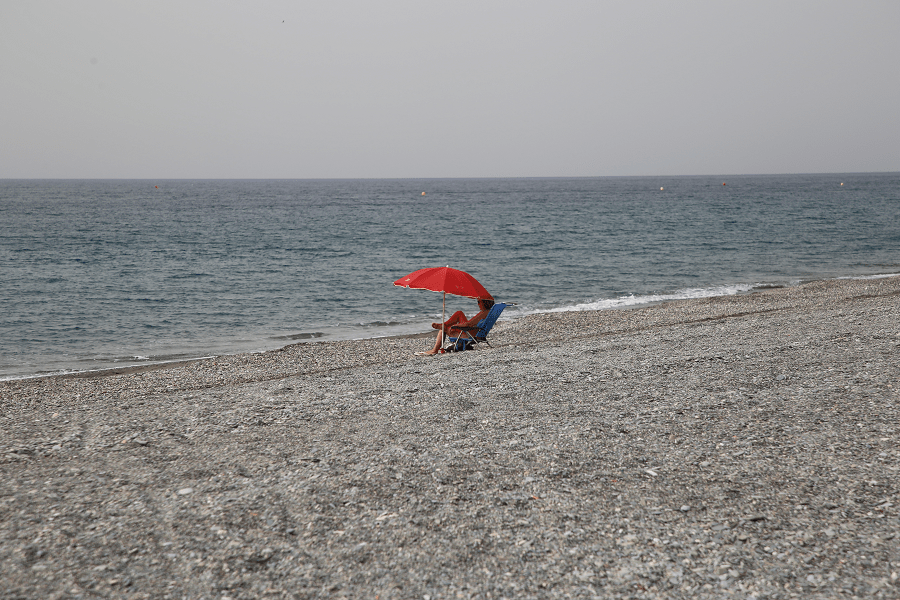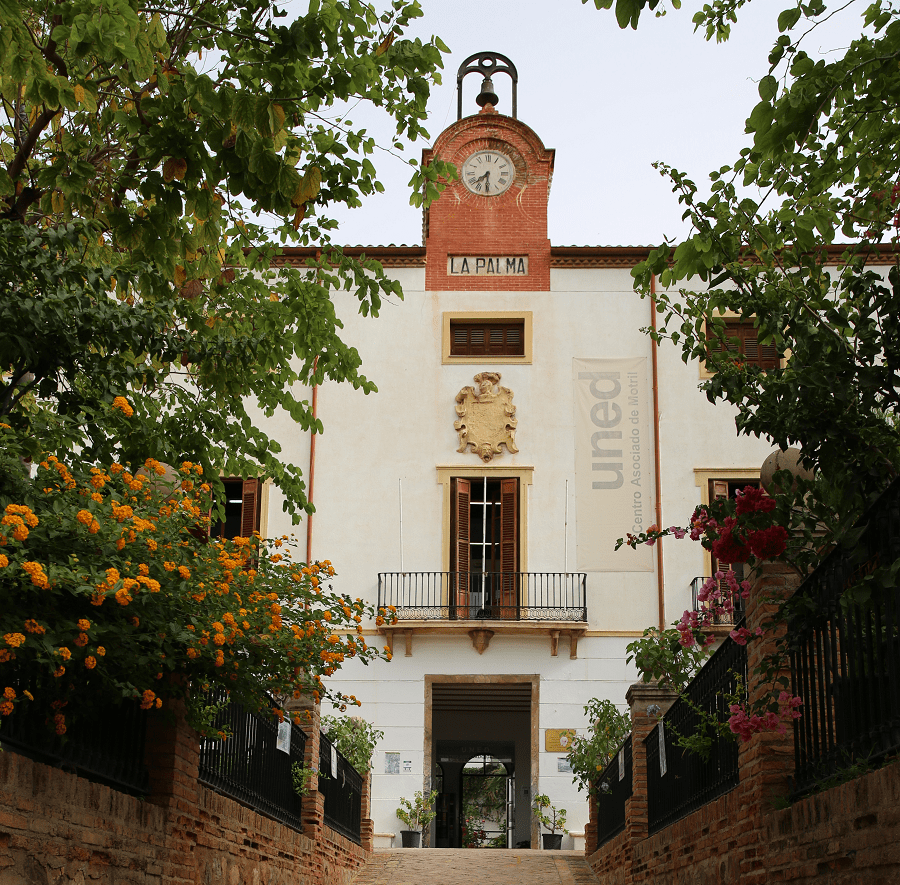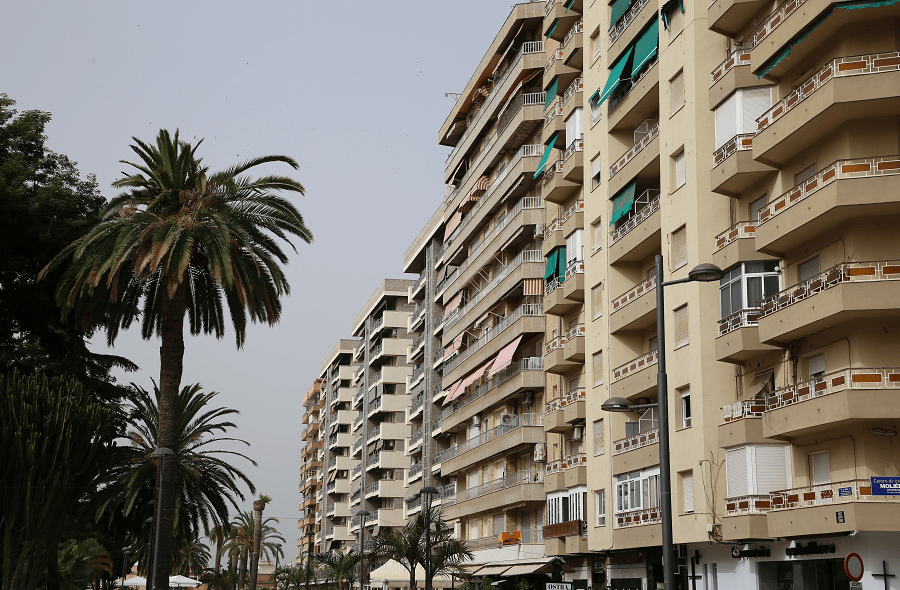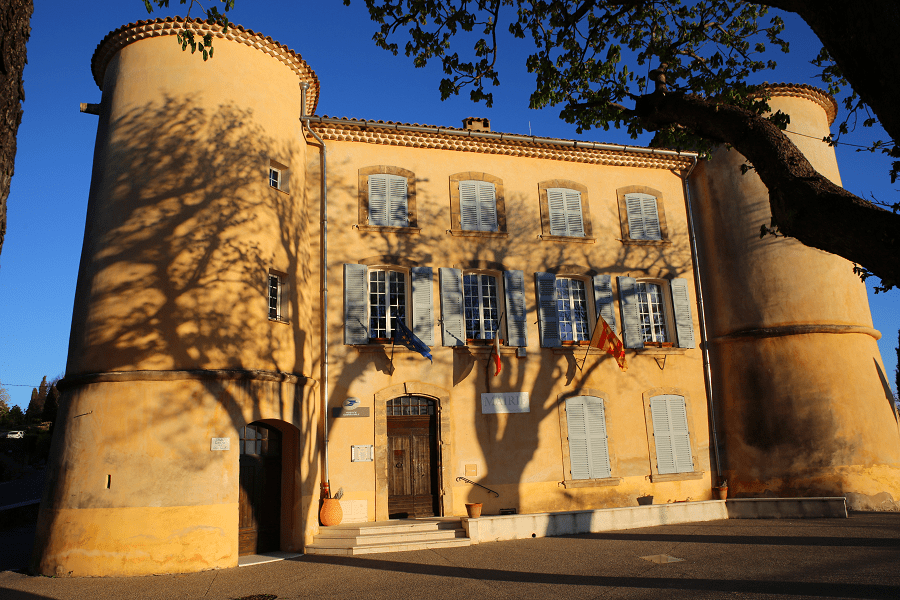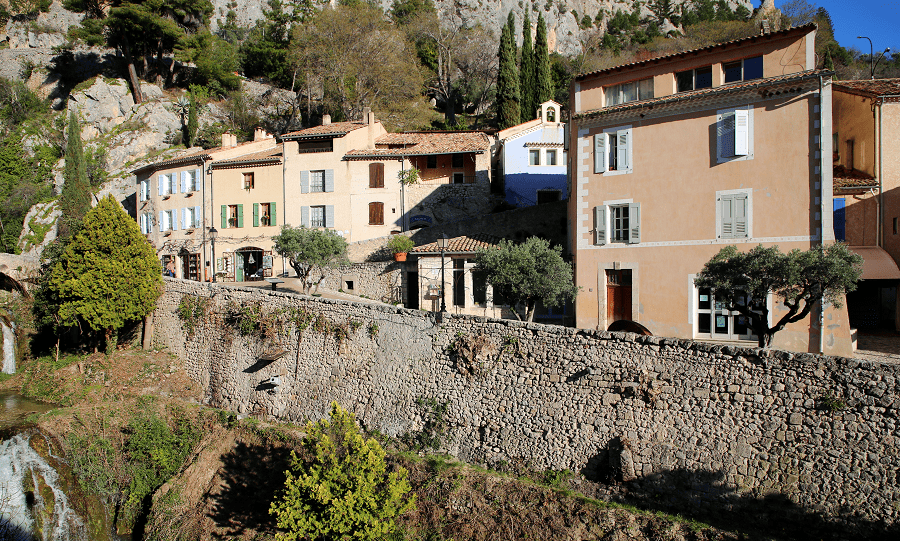Motril is a city and municipality located in the central part of the province of Granada (Spain), autonomous community of Andalusia.
It’s a popular part of the Costa Granadina of the Mediterranean resorts of Spain.
Motril is synonymous with sugar and sugar cane. The process from sugar cane transformation into various types of sugar, even liquors like the cherished rum of Motril, has always been the basis of the local economy. Sugar refineries were for many years the “future” of the city. Now they are one of Motril’s legacies.
Located dominating the valley of the river Guadalfeo, in which the main crops are cherimoya and avocado – mango, guava and other tropical fruits are also produced – as well as greenhouse cultivation, such as tomatoes and cucumbers.
Its geographical position makes it an industrial and commercial center (paper manufacturing).
The port of Motril is, at the same time, a commercial and fishing port. Also having a marina – the Real Club Náutico de Motril – as a recreational port. In recent years the port has been experiencing significant growth due to its communication lines with the African continent.
Tourism and main attractions
Greater Church of the Incarnation: the original building was built between 1510 and 1514 on the site where an old mosque had stood. Alonso Márquez built a sober Gothic-Mudejar style temple. In the 17th century, Ambrosio de Vico undertook the expansion works that included a classicist transept. Cardinal Luis Belluga y Moncada, from Motril, promoted the new Chapel of Dolores in 1729, which was destroyed in the Spanish civil war. After this war period, it was rebuilt, returning more to the sober style of Vico’s project.
Our Lady of the Head Parish: also known as “El Cerro de la Virgen”. In 1711 it was declared the Royal Sanctuary of Our Lady of the Head of Motril. It was partly destroyed in the Civil War and rebuilt, trying to respect its old structure. The altarpiece and the dressing room were drawn and made by the sculptor Manuel González Ligero. Its interior, exterior (symbol of Motril) and its surroundings make it a must for any visitor.
Church of the Divina Pastora (Capuchins): in a former convent of the Capuchin religious order, a sober-style temple was erected, built in 1656, in which the dressing room and image of the Virgen de la Pastora stand out.
Sanctuary of Our Lady of Victory: the original convent was built in 1580, but it was destroyed in the Civil War of 1936. It was rebuilt in 1957. Today, it is the private property of the Augustinian Recollects order. Pre-baroque in style, largely influenced by the Mudejar tradition.
Hermitage of the Virgen del Carmen: it was built in 1583 as the old hermitage of San Roque. Nowadays it is a cozy temple, in the Baroque style, with a striking stone cross in its square.
Church of the Convent of the Nazarenas: it is part of a convent founded in 1717, although the church was rebuilt in 1830.
Hermitage of Our Lady of Sorrows: although sober on the outside, it has deep baroque decoration on the inside. It is located in the northern part of the city.
Hermitage of San Antonio de Padua: Baroque in style, it was built in the 17th century and declared patron of Motril due to the plague epidemic in 1679. It is located in the north of the town.
Hermitage of San Nicolás: this small hermitage is dedicated to the invocation of San Nicolás de Bari. It was built at the end of the 18th century and has been recently restored. It is located in the north of the municipality.
Hermitage of the Lord of Junes: small in size, it houses the image of the Nazarene, which since the 19th century has had a special significance in the religiosity of Motrileños.
Calderón de la Barca Theater: an Asset of Monumental Interest.
Countess of Torre-Isabel House: the primitive building was built in the last third of the 17th century, although it was modified at the end of the 19th century and restored in 2000 by the Motril City Council as the headquarters of the Municipal Area of Culture and Heritage and for temporary exhibitions. The building is neoclassical in style.
House of Los Bates: unique building from the 19th century, built on a hill. The Generalife Garden from the 18th century and the Winter Garden from the 19th century stand out.
Old Hospital of Santa Ana: it is in conjunction with the church of the Divina Pastora. 19th and 20th centuries.
San Agustín municipal market: building with a very clear, simple and functional structure.
Vault passage of Horno Nuevo street: pedestrian connection with Señor de Junes. It is cataloged by its constructive singularity by means of a vault supported by the lateral residential constructions. XIX century.
Museums
Pre-industrial Museum of Sugar Cane. This museum is the only one in Europe that exhibits a good sample of the pre-industrial heritage related to sugar, also called in the area as ‘sweet gold’, as it was a source of development during various historical periods in the region of the Costa de Granada. It is within the Network of Scientific and Technical Disclosure Spaces (RECTA).
Museum of the History of Motril. The Casa Garcés, from the 17th century, hosts the Motril History Museum (MHIMO), a place where the different stages of the coastal city are told with the help of new technologies. Historical figures, such as Boabdil’s mother, welcome the visitor, before entering an interesting journey through time.
Pilar Factory Sugar Museum. You can visit the old sugar warehouse, now converted into a large exhibition hall, as well as a viewpoint of the city. Completed the first phase of a project in which the unique set of steam engines that remained inside will be shown, after its closure in 1984, after one hundred years of activity.
José Hernández Quero Art Center. It houses a museum dedicated to the Granada-born painter José Hernández Quero, as well as other temporary exhibitions. It is located next to the Municipal Market.
Shopping
The town centre of Motril has been recognized as a unique Open Air Shopping Centre in Andalusia, a small labyrinth where you will find busy and colourful streets with the possibility to buy in traditional small shops and well-known national and international brands alike. Motril also offers larger stores making it commercial capital of the Costa Tropical.
Beaches
Motril is within the Costa Tropical, a large tourist region on the coast. Motril has small beaches (bays) and large beaches (like Playa Granada). They are popular during the summer with people from the surrounding as well as the interior regions. The main problems are the wind and the jellyfish.
Beaches in the area include Playa de Poniente (a large gravel/shingle beach), Playa Granada (shingles), Playa Carchuna (gravel and pebbles), and Playa Calahonda (gravel). Many of the area’s beaches include car parking facilities, first aid stands, showers, beach cleaning, bars and restaurants, typical beach facilities (such as beach umbrellas and hammocks) and S.O.S. telephones.
Cuisine and restaurants
The most popular dish from Motril is migas (crumbs), made of bread. Fish is also very popular in Motril, due to the town’s important fisheries. The most popular fish are anchovy (locally named boquerón), sardines and shrimp. The most famous drink, exclusive to the area, is ron pálido which is a locally produced rum.
There are no Michelin list restaurants in the city.
How to get to?
From Granada 55 min (68.0 km) via A-44
From Malaga 1 hr 14 min (100 km) via A-7
From Seville 3 hr 6 min (307 km) via A-92
From Madrid 4 hr 44 min (491 km) via A-4 and A-44
Nearest international airports are in Malaga and Granada.
Main information
Area: 103 km² (municipality)
Coordinates: 36°44′43″N 3°31′14″W
Population: 58 460 (municipality)
Languages: Spanish
Currency: Euro
Visa: Schengen
Time: Central European UTC +1
See here best sea and ocean resorts of France and Spain (223 objects)



